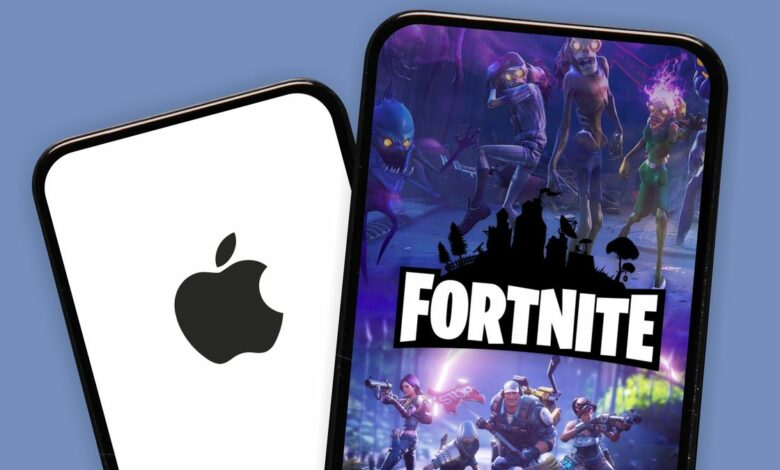Fortnite is finally coming back to iOS, but not in the way you think

Apple and Epic Games have long been at odds with each other, with their years-long dispute essentially stemming from Epic’s complaints about Apple’s App Store fees. As a result, Fortnite is not available on Apple devices – but not for much longer.
Epic Games has just announced that Fortnite will be coming to iOS devices after all, but not via the App Store. Instead, Epic will distribute Fortnite via AltStore, a third-party app marketplace that launched in April.
Right now, you can only get Fortnite this way if you’re a resident of the European Union (EU). That’s because regulatory pressure from the EU recently forced Apple to allow sideloading and third-party app stores for European users. So far, the company has not allowed these stores to spread elsewhere.
This latest development marks an intriguing new chapter in the battle between Apple and Epic. There is no set launch date for Fortnite on AltStore, but it is thought that it could happen before the end of 2024.
Skydiving on iOS

Epic says it will bring Fortnite to other mobile app stores, provided they “give all developers a great deal.” At the same time, it said it will “end distribution partnerships with mobile stores that serve as rent collection agencies.” In that regard, Epic said it will remove Fortnite from the Samsung Galaxy Store due to Samsung’s “anti-competitive decision to block side-loading by default.”
Additionally, Epic still has plans to bring its Epic Games Store to iOS devices in the EU. The Epic Games Store charges developers 12% for all payments it processes, with 0% for third-party payments. Apple’s App Store, on the other hand, charges varying fees in the EU depending on a developer’s size, the popularity of their apps, whether their apps are distributed through third-party app stores, and more.
Apple and Epic have been at odds for years, with Apple clearly coming out on top in the latest legal development. But that hasn’t stopped Epic from finding new ways to get its apps into the hands of iOS users that don’t go through Apple’s App Store. Now, the company may have finally found a way.




